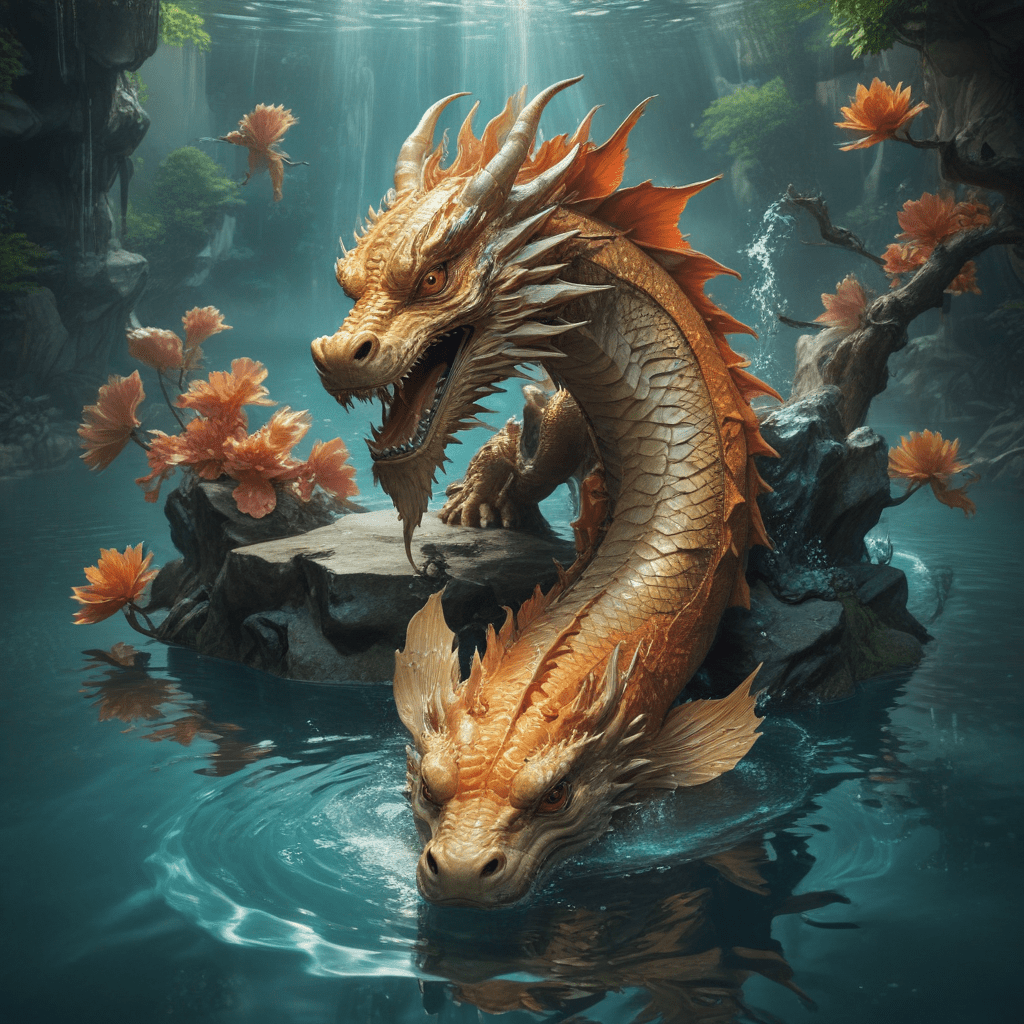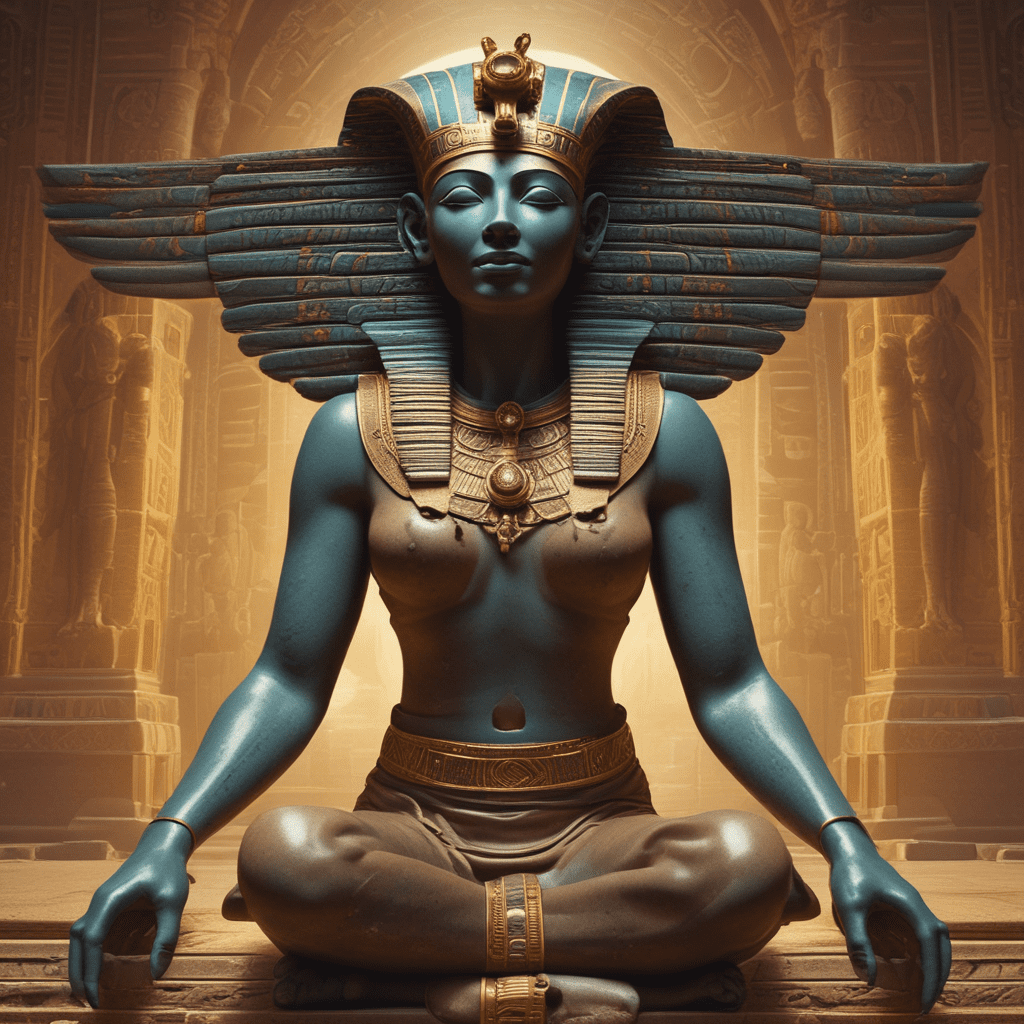The Cosmic Trickster: Chaos in Creation Myths
Introduction to Creation Myths
Creation myths are narratives that explain the origins of the universe, the earth, and humanity. They serve as foundational stories that provide insight into the beliefs, values, and cultural identities of various societies. These myths often reflect the complexities of human existence and the mysteries of the cosmos.
One intriguing aspect of many creation myths is the presence of chaos, which plays a significant role in the formation of order. From ancient civilizations to contemporary cultures, chaos is frequently depicted as a necessary precursor to creation, highlighting the duality of existence where destruction can lead to new beginnings.
Understanding the Cosmic Trickster Archetype
The trickster figure is a common archetype found across various mythologies, characterized by cunning, deception, and playfulness. The cosmic trickster, in particular, embodies the chaotic aspect of creation, often challenging established norms and expectations.
Some defining characteristics and behaviors of the cosmic trickster include:
- Subversion of societal norms
- Use of humor and wit
- Ability to transform and adapt
- Shaping reality through unpredictable actions
These tricksters often serve as catalysts for change, embodying the fluidity of chaos that can disrupt the status quo and pave the way for new possibilities.
The Role of Chaos in Creation
In many creation myths, chaos is depicted as a primordial state from which order emerges. This chaotic environment is often portrayed as tumultuous and indistinct, setting the stage for creation. The dual nature of chaos is essential in understanding its role; it acts as both a destructive force and a creative potential.
For instance, in some myths, the chaotic void is where the first gods or beings emerge, bringing forth light, order, and structure to the universe. This relationship between chaos and order illustrates the interconnectedness of these forces in the cycle of creation.
Cultural Perspectives: Tricksters Across the Globe
Trickster figures appear in various cultures worldwide, each embodying unique characteristics while sharing common themes. Some notable examples include:
- Loki in Norse mythology, known for his mischievous nature and ability to shape-shift.
- Coyote in Native American folklore, often depicted as a clever and unpredictable character.
- Anansi in African tales, a spider who uses his intelligence to outsmart others.
Though their stories vary, these tricksters frequently engage in actions that disrupt the natural order, leading to new creations or transformations, reflecting the chaotic element in their narratives.
Case Study: The Trickster in African Creation Myths
Anansi, the spider, is one of the most recognizable trickster figures in African mythology. His tales often illustrate the interplay of chaos and creation, as he cleverly navigates challenges and outsmarts more powerful beings.
In many stories, Anansi’s actions lead to significant changes in the world, such as the introduction of storytelling or the acquisition of wisdom. His cunning nature exemplifies how tricksters can manipulate chaotic situations to create order and impart valuable lessons.
The Role of the Trickster in Indigenous North American Myths
Coyote and Raven are two prominent cosmic tricksters in Indigenous North American myths. Coyote is often portrayed as a creator and a fool, whose actions, though chaotic, lead to the formation of the world and its inhabitants. Similarly, Raven is known for his transformative abilities, often bringing light to the world and shaping the landscape through his antics.
These trickster figures illustrate how chaos can lead to creation. Their stories reflect the belief that through disruption and unpredictability, new forms of life and order can emerge.
Chaos and Order: The Balance of Creation
The tension between chaos and order is a recurring theme in creation myths, where tricksters embody this dynamic balance. They often act as intermediaries, navigating the chaotic forces of the universe and channeling them into creative outcomes.
Examples from various myths illustrate this balance:
- In the story of Loki, his chaotic actions lead both to the destruction of Asgard and the birth of new gods.
- Coyote’s mischief often results in the creation of important features of the landscape, demonstrating how chaos can yield beauty.
These narratives emphasize that chaos is not merely a force of destruction but an essential component of the creative process.
The Trickster as a Cultural Critique
Tricksters often challenge societal norms and conventions, serving as a voice of dissent in their respective cultures. They use humor and satire to critique authority and expose the absurdities of life.
Through their antics, tricksters encourage audiences to question traditional values and embrace flexibility in thought and behavior. This role as cultural critics highlights the importance of chaos in fostering growth and transformation within societies.
Modern Interpretations of the Cosmic Trickster
The relevance of trickster figures endures in contemporary storytelling and popular culture. Modern interpretations often depict tricksters as anti-heroes or complex characters who navigate moral ambiguities.
Examples can be found in:
- Literature, such as characters in novels who embody trickster traits.
- Films and television shows that feature cunning anti-heroes.
- Comics and graphic novels that draw on traditional trickster archetypes.
These portrayals reflect the ongoing resonance of the cosmic trickster in society, reminding us of the importance of adaptability and creativity in the face of chaos.
Conclusion: The Enduring Legacy of the Cosmic Trickster
The exploration of chaos in creation myths reveals the profound significance of the cosmic trickster in understanding human existence and creativity. Through their unpredictable actions and transformative powers, tricksters illuminate the delicate balance between chaos and order.
As we continue to encounter chaos in our lives, the lessons of the trickster remind us that within disorder lies the potential for new beginnings and innovative solutions. The enduring legacy of the cosmic trickster serves as a testament to the complexity of creation and the human spirit’s resilience.



